
Love it or hate it, there has been no escaping the technology in England’s autumn series so far. Both of their opening games (against South Africa and New Zealand) have gone down to the wire, and the outcome of each was decided on a controversial late decision by the referee and his team, based on video replays. One went with England and the other against, leaving many people torn on the issue of the fourth official. So, has the introduction of the Television Match Official (TMO) helped or hindered the game?
When did the TMO first appear?
Referees were first offered the help of a fourth official in 2001. Although the decision is said to be ‘sent upstairs’, it usually takes place in a van parked outside the stadium. This is partly to ensure consistency of technology at all venues, and partly to isolate the TMO from influencing factors within the ground.
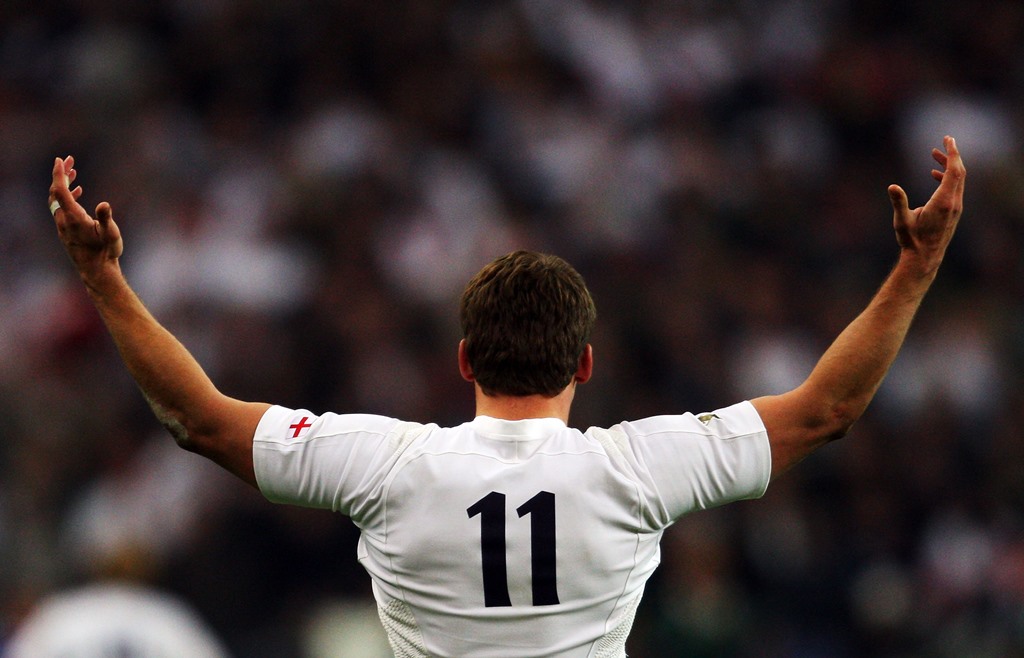
The TMO helped South Africa to World Cup victory in 2007
Inevitably, given the borderline decisions they are called upon to review, TMO’s have always courted controversy. Few England fans will forget the agony of watching replay after replay in the 2007 World Cup Final at Stade de France, as the TMO tried to decide if Mark Cueto’s foot had grazed the line before he grounded the ball. The decision ultimately went against him, and England went on to lose the match 6-15. Without the technology, the on-field referee may well have given him the benefit of the doubt, and England may well have retained the Webb Ellis Trophy.
New TMO rules for 2018
Fast forward eleven years and the TMO is no less controversial, despite efforts by World Rugby to reign in its scope. For the Autumn Internationals, new rules were trialled, aimed at “reducing TMO reliance and time impact”. One of the key points of this review was to make try scoring an “on-field decision, with the referee responsible”. Ironically, the exact opposite has happened.
In the game against South Africa, Angus Gardner made his own decision about Owen Farrell‘s tackle on Andre Esterhuizen, after seeing footage on the big screen without waiting for the TMO verdict. Conversely, in the All Blacks game, Jerome Garces initially awarded Sam Underhill a try on the field, then changed his decision when the TMO declared Courtney laws to be offside moments earlier.
Given that the law requires compelling evidence, and the new trial emphasises the referee’s authority and his on-field decision, the latter call raised many questions. Put in the context of the game, with the decision effectively deciding the winner of a surprisingly close contest, it couldn’t have been more important. Of course, how you see the call depends on who you support. Many England fans who cheered the officials against South Africa were far less supportive the following week. New Zealand coach, Steve Hansen, claimed Lawes was so offside he was “in the half back’s back pocket”, while many England fans, players and pundits failed to see any ‘compelling evidence’ to overturn the on-field decision.
Reviews in other sports
Rugby is not alone in relying on technology to make its biggest decisions. Cricket has had its DRS (Decision Review System) since 2008 to help with LBW and other decisions. Statistics show that in over 2100 matches, DRS has overturned 26.2% of decisions, saving 34% of batsmen and overturning not out decisions in 20% of cases.
Despite being one of the oldest and most popular games, football has been much slower to catch up with technology. VAR (Video Assistant Referee) has only really gained traction in the last few years, and its introduction at this year’s World Cup appeared to cause more problems than it solved. Former England captain, Alan Shearer, described the current system as “a shambles”.
Technology is here to stay
Love it or hate it, technology is here to stay in rugby, both on the pitch and off it. Nearly all players play with GPS trackers stitched into their shirts these days, providing unprecedented detail about their movements during the game for coaches to work with. Even journalists are being tracked now, with the World Cup 2019 deploying the kind of state of the art facial recognition software, normally found in exclusive banks or high rolling casinos, for example, to identify guests and speed up admission to restricted areas.
The key to success for technology in sport will be to make sure that the ultimate decision rests with the human being who carries the whistle, or raises the finger. It is vital that the referee or umpire’s decision is respected by both fans and players alike, regardless of their own interpretation of the video evidence. It’s tough enough to be an official under such close and constant scrutiny, and the more they are criticised in the press and social media, the less quality officials there will be. Perhaps more than anything, we need to remember that when all is said and done, it is only a game.


International Rugby
Becoming an England centurion just ‘another day at the office’ for George Ford

British and Irish Lions
Andy Farrell wants end to social media ‘nonsense’ after son Owen’s Lions call

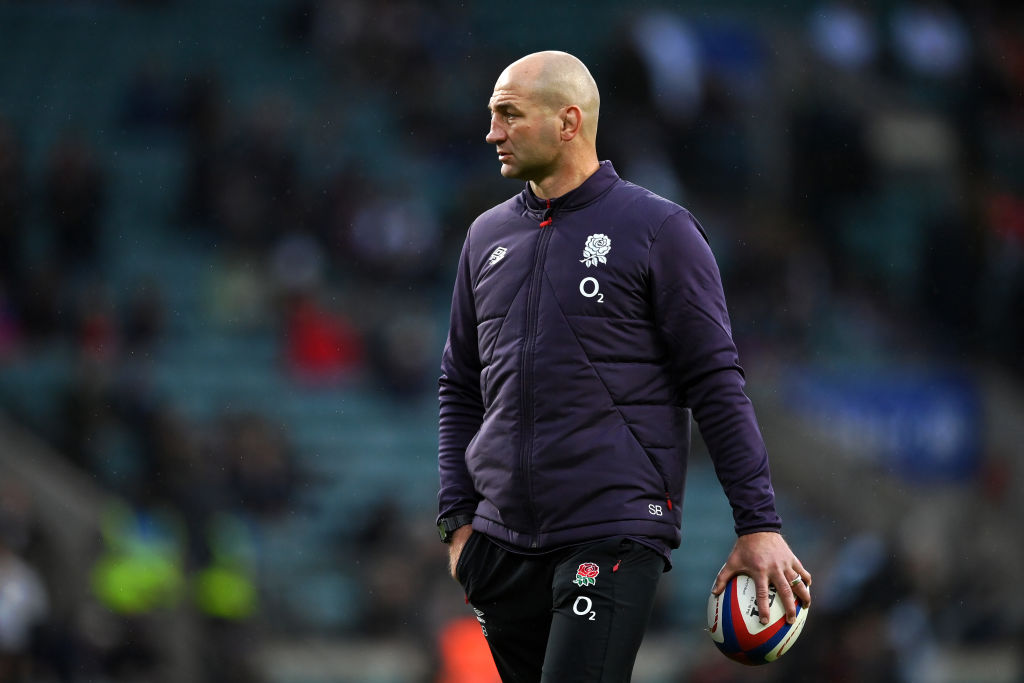




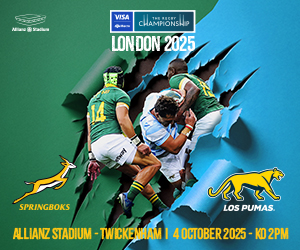














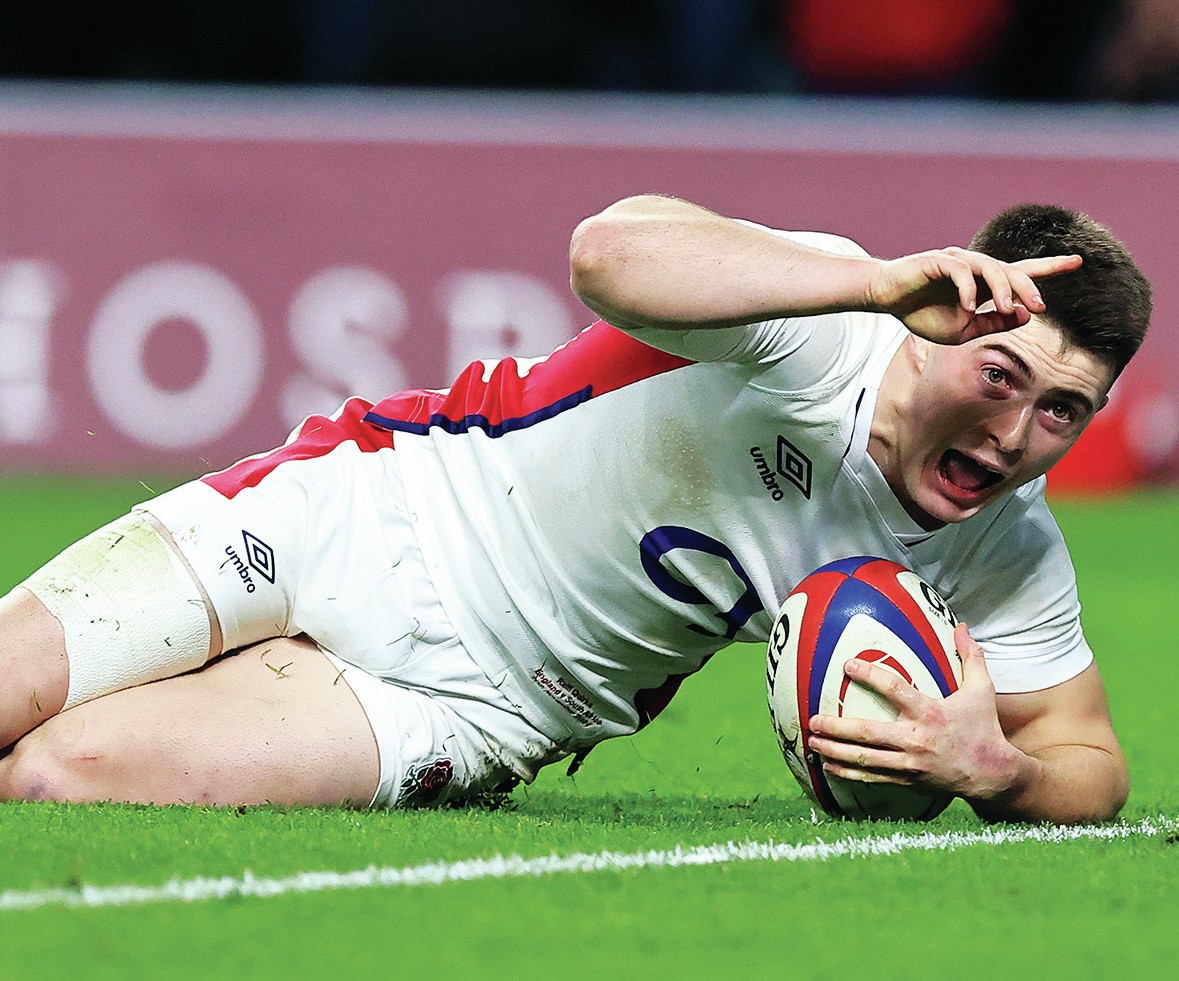
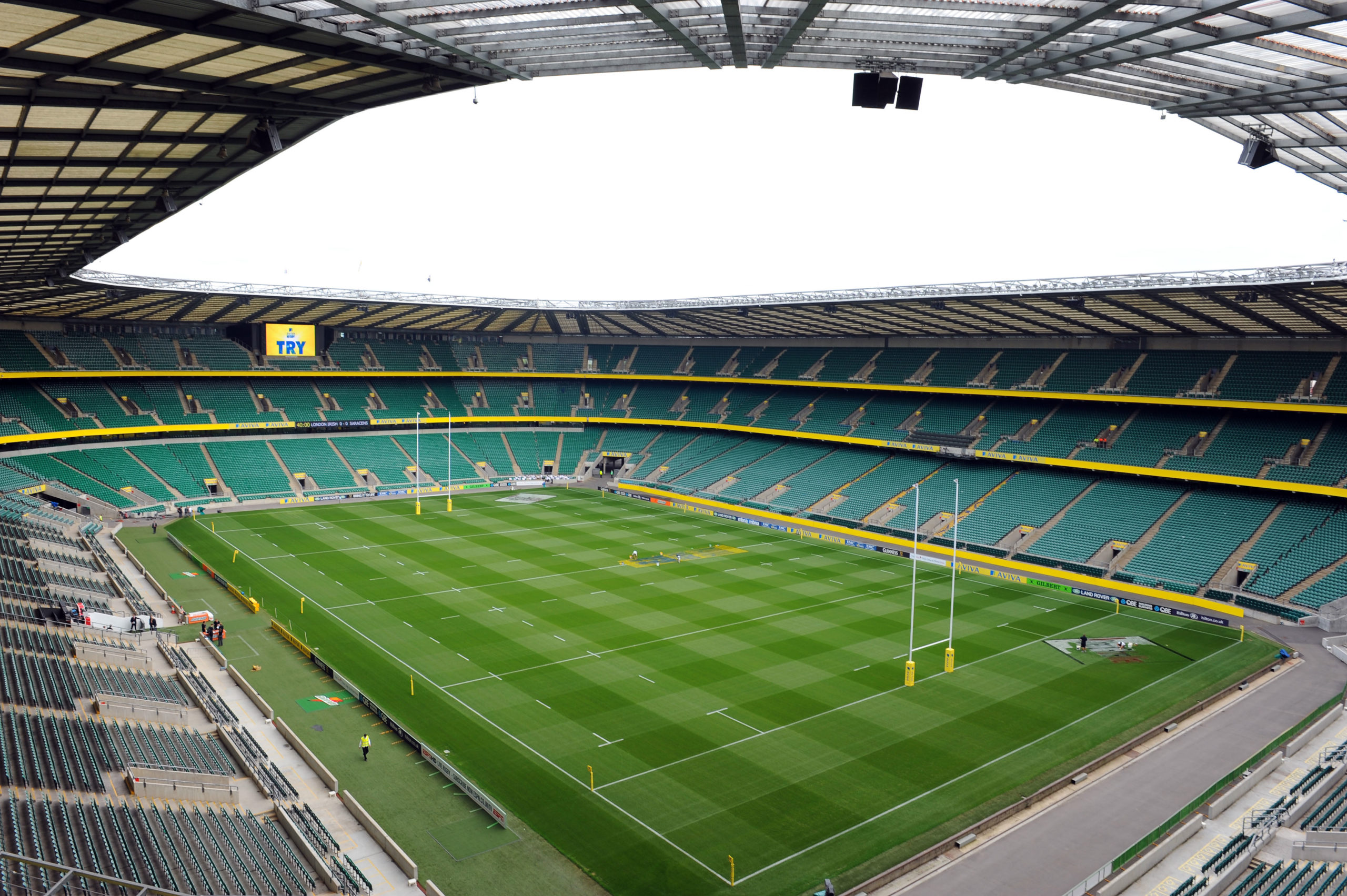

You must be logged in to post a comment Login